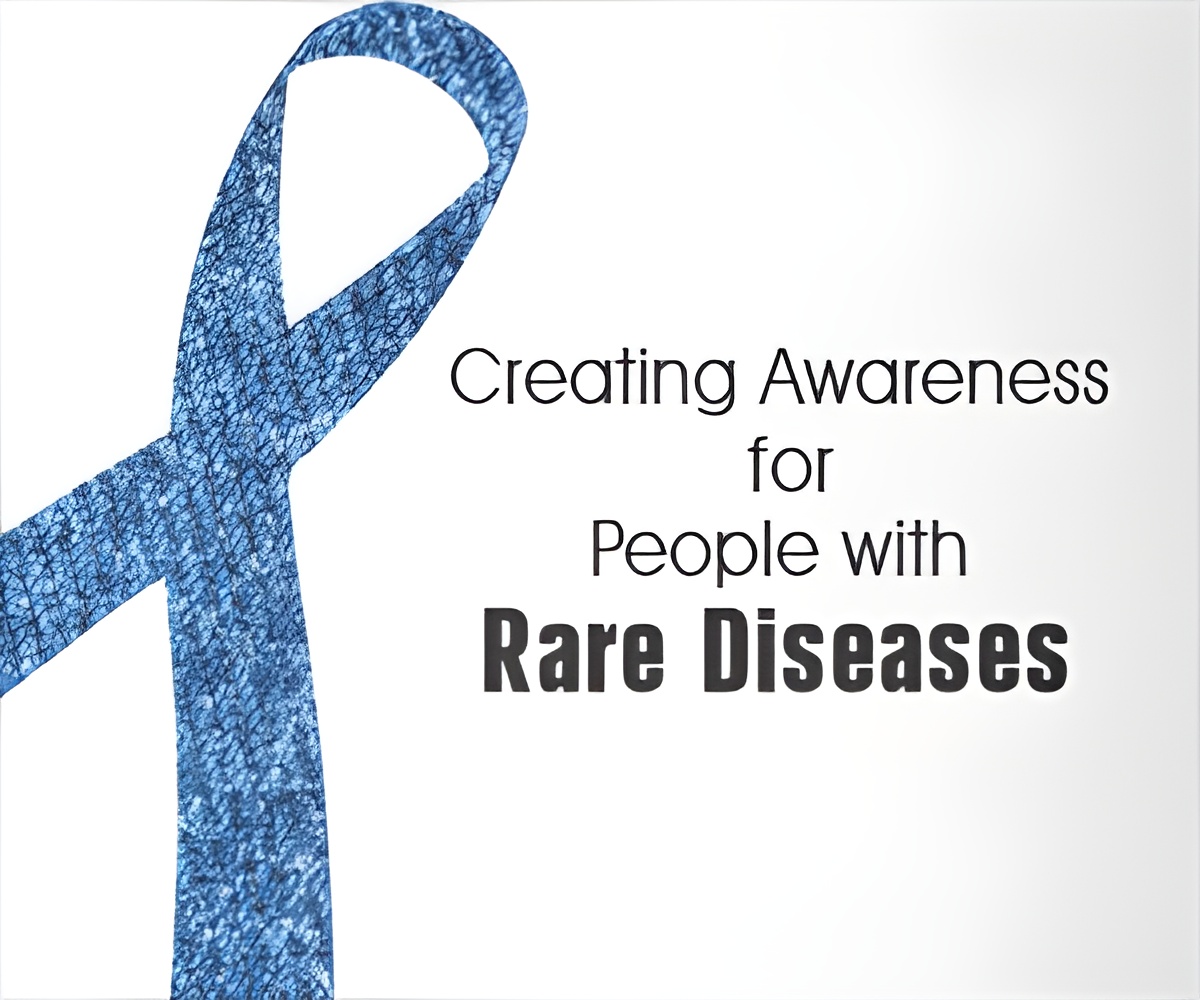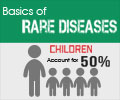Directing resources to rare disease research might not always be the obvious choice when the results will apparently benefit only a small group of people.

‘Research into rare diseases can yield surprising results, and to patients with rare diseases and their families, studies offer a ray of hope.’





This condition has been named 'Siddiqi syndrome' for Dr Saima Siddiqi from the Institute of Biomedical and Genetic Engineering in Islamabad, Pakistan, who initially made contact with the family. A research team, led by Dr Siddiqi and Dr Hannie Kremer from the Radboud University Medical Center in Nijmegan, The Netherlands, used whole-exome sequencing to identify a single homozygous nonsense mutation in the gene for FITM2, a protein involved in lipid droplet formation and energy metabolism. To confirm their discovery, the team reduced the activity of the homologous gene in fruit flies and found that these flies displayed hearing and locomotor impairments, as seen in the affected family. The researchers were further able to clarify that reduced activity of the gene causes abnormal branching of sensory neurons in flies as they develop.
Making the connection
Directing resources to rare disease research might not always be the obvious choice when the results will apparently benefit only a small group of people. However, Dr Siddiqi explains that rare diseases in remote and underdeveloped regions like Pakistan are not necessarily as rare as might be thought since a lack of facilities and funding prevents proper disease management and diagnosis.
It might also only take one published study on a rare disease to start making connections to other patients for whom a diagnosis is still elusive. Dr Kremer says, "Upon publication of the paper, I was contacted by a clinical geneticist about a patient in his clinic with two mutated copies of the FITM2 gene. So there might be a second family now and further clinical examinations are being performed in the young patient to determine to which extent the disease is similar to the disease in the published family."
Advertisement
A ray of hope
Advertisement
Source-Eurekalert











